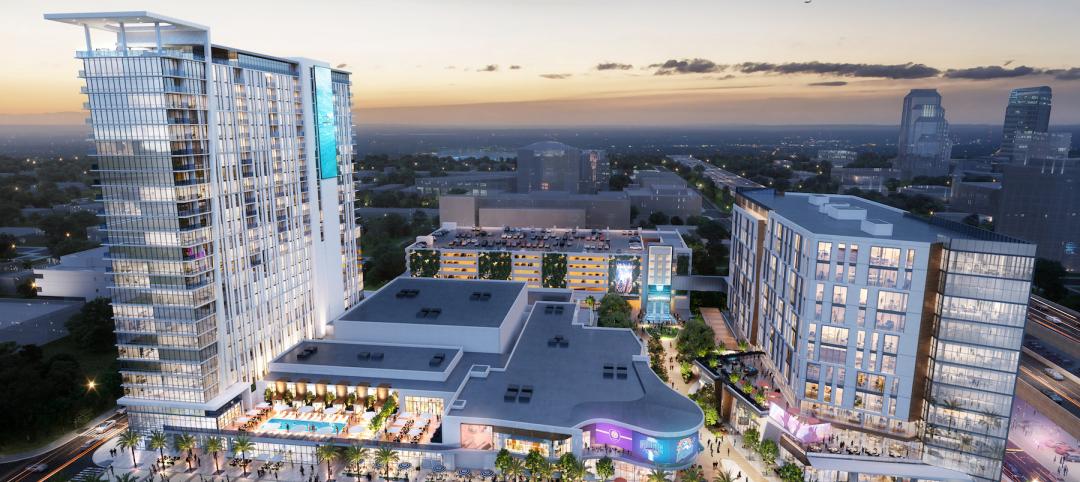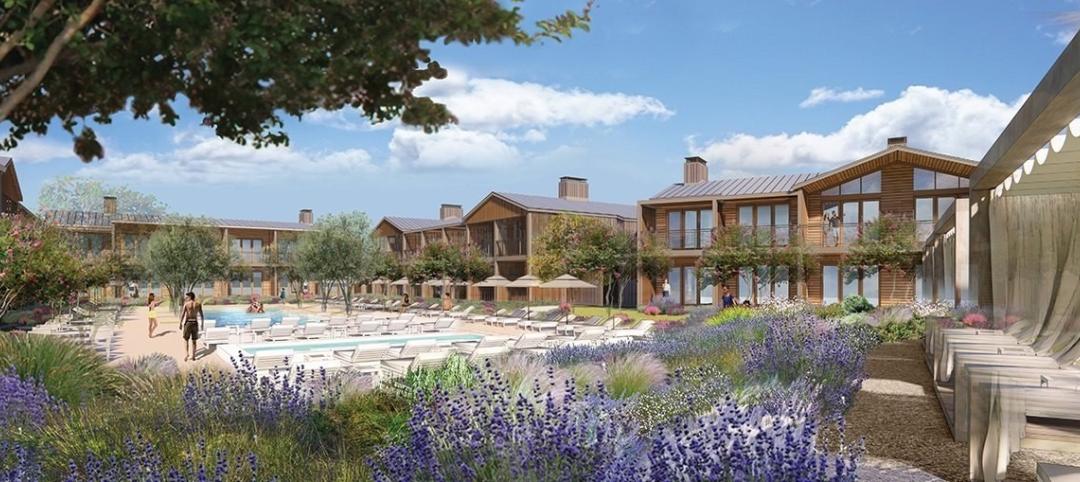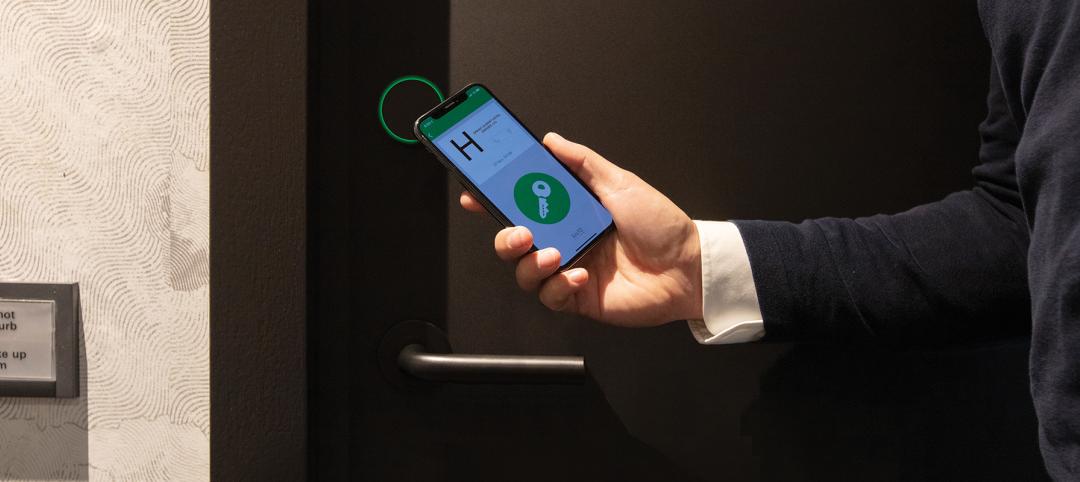Imagine a hotel whose design gives the extreme sports enthusiast an outlet to exercise his or her inner daredevil. Or a resort that caters to patients recovering from medical procedures. Or one whose graphics and murals aspire to be works of art.
These are some of 18 hot trends in hospitality design that two leading architectural firms—Hirsch Bedner Associates (HBA) and HKS Hospitality Group—have identified for 2017.
The firms divide their lists into two sections, each with nine trends. Hot architectural design trends include:
--Extreme Sports Retreats
--Gadget-free guest rooms
--Automation taking over some hotel staff work
--Greater use of LEDs to create decorative and mood effects
--Smaller guest rooms but larger gathering spaces
--Co-living spaces where groups can stay near each other
--Dual branding
--Curated leisure farming that allows guests to have greater input into what they eat and drink
--Wellness resorts where guests recoup from surgery, transfusions, and other medical treatments.
The interior design trends the firms call out include:
--Candy colors
--A return to 1970s-era kitsch
--The use of super graphics and murals
--An emphasis on wellness and biophilia
--Eclectic, playful, and youthful design
--Craft design
--Rooms within rooms that create intimacy
--A return to a midcentury aesthetic
--Live-work spaces
HBA and HKS use examples of their own recent work to illustrate some of these trends. For example, the HKS-designed Hyatt House/Hyatt Place project in San Francisco explores a hybrid model that blends extended stay with full-service. The 400-key hotel—which follows dual-branded Hyatts in Denver and Charlotte—includes two restaurants, a rooftop outdoor movie theater, and a bar-lounge that can accommodate 400 guests.
The budding “agritourist” might feel right at home at HKS’ Surf Beach Resort in Half Moon Bay near San Francisco, which is part of an existing farmland and a farm stand that will become a permanent part of the resort’s guest program.
Color and art are enlivening hotels, the firms contend. The recently opened HBA project, Aloft Guangzhou in China, features an engaging color palette filled with textured carpets and accented furniture. W Bellevue in Seattle, which opens in June, will include murals created by local street artists. And super graphics will come into play at the new Texas Live, the first hotel in Arlington, Texas, between the mammoth AT&T Stadium and the Texas Rangers’ stadium.
Biophilia and wellness are important vibes in HBA’s Four Seasons Kyoto in Japan, where guests are greeted by a bamboo forest that leads to a Japanese garden sanctuary. This hotel’s design was planned around the 800-year-old Ikeniwa Pond.
Authenticity is the key goal in the trend toward craft design. For the W Nashville residences, HKS’ design features layers of craft design as intricate, embroidered fabric pieces with sequins evoke the elaborate performance outfits of country legends like Patsy Cline, Elvis and Dolly Parton and are being used as art pieces that nod subtly to Nashville’s musical heritage. This hotel also features a range of jewel tones and an unusual mix of furniture that includes the midcentury reference and goes into ‘70s lounge with some industrial touches.
Related Stories
Smart Buildings | Jul 25, 2024
A Swiss startup devises an intelligent photovoltaic façade that tracks and moves with the sun
Zurich Soft Robotics says Solskin can reduce building energy consumption by up to 80% while producing up to 40% more electricity than comparable façade systems.
Adaptive Reuse | Jun 13, 2024
4 ways to transform old buildings into modern assets
As cities grow, their office inventories remain largely stagnant. Yet despite changes to the market—including the impact of hybrid work—opportunities still exist. Enter: “Midlife Metamorphosis.”
Adaptive Reuse | May 9, 2024
Hotels now account for over one-third of adaptive reuse projects
For the first time ever, hotel to apartment conversion projects have overtaken office-to-residential conversions.
Adaptive Reuse | Apr 29, 2024
6 characteristics of a successful adaptive reuse conversion
In the continuous battle against housing shortages and the surplus of vacant buildings, developers are turning their attention to the viability of adaptive reuse for their properties.
Hotel Facilities | Apr 24, 2024
The U.S. hotel construction market sees record highs in the first quarter of 2024
As seen in the Q1 2024 U.S. Hotel Construction Pipeline Trend Report from Lodging Econometrics (LE), at the end of the first quarter, there are 6,065 projects with 702,990 rooms in the pipeline. This new all-time high represents a 9% year-over-year (YOY) increase in projects and a 7% YOY increase in rooms compared to last year.
Mixed-Use | Apr 23, 2024
A sports entertainment district is approved for downtown Orlando
This $500 million mixed-use development will take up nearly nine blocks.
Hotel Facilities | Apr 17, 2024
Will the surge in hotel construction carry resorts with it?
The resort corner of the hospitality sector has been a bit slower to expand than the whole for the past few years. But don’t tell that to Bill Wilhelm, President of R.D. Olson Construction.
Sponsored | Hotel Facilities | Apr 8, 2024
The Rise of Mobile Keys in Hospitality
Unlocking the future of hospitality—mobile keys are transforming the guest experience and streamlining hotel ops.
Adaptive Reuse | Mar 30, 2024
Hotel vs. office: Different challenges in commercial to residential conversions
In the midst of a national housing shortage, developers are examining the viability of commercial to residential conversions as a solution to both problems.
Adaptive Reuse | Mar 26, 2024
Adaptive Reuse Scorecard released to help developers assess project viability
Lamar Johnson Collaborative announced the debut of the firm’s Adaptive Reuse Scorecard, a proprietary methodology to quickly analyze the viability of converting buildings to other uses.
















